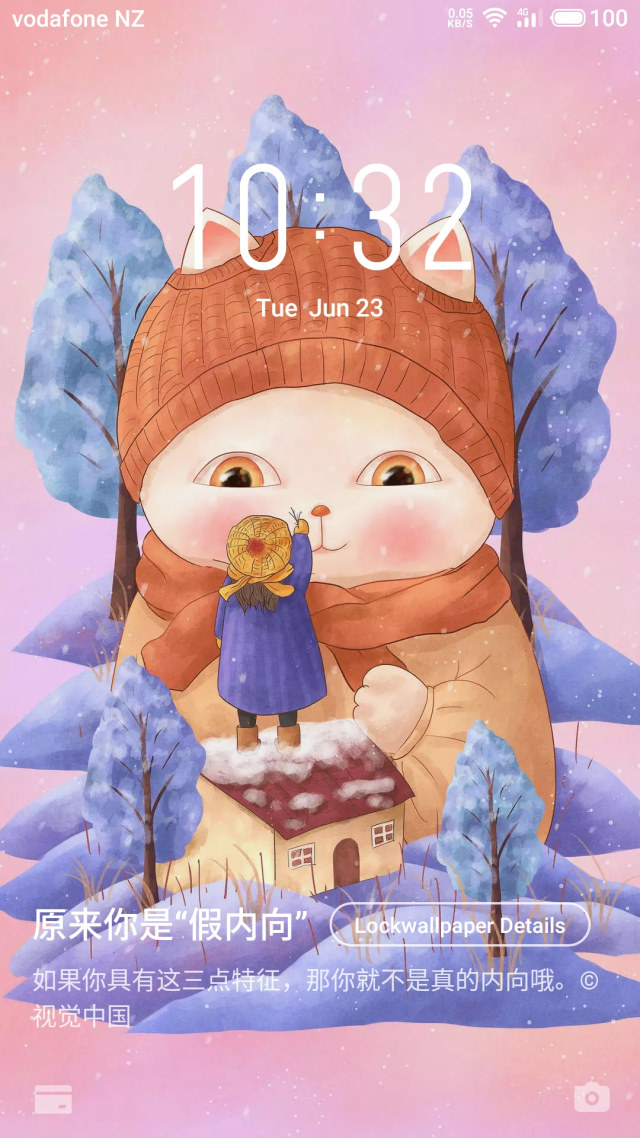
That was an interesting day in cellphone land. I collected the Meizu M6 Note from PB last Friday and switched it on for the first time in the small hours of Tuesday.
I originally wasn’t pleased. I had paid NZ$80 for a warranty repair (there is provision under the Consumer Guarantees Act 1993 in some circumstances) and was told at the service counter that all that was performed was a factory reset, followed by a week’s testing. In other words, what I had originally done, twice, before bringing the phone in. I replied that that was not going to work, and was told by the PB rep that maybe I shouldn’t have so many apps open. Conclusion: a newer phone is far less capable than an older one.
But he wasn’t the technician, and as I discovered, Joe had done more than a mere factory reset. When I switched the phone on, it was back to square one, like the day I bought it, complete with Google spyware. I wasn’t thrilled about this, but it suggested to me that the ROM had been flashed back to the beginning.
Meizu’s factory resets don’t take you right back to factory settings, not if you had rooted the phone and removed all the Google junk.
To his credit, this was a logical thing to do. However, within 10 minutes it developed a fault again. The settings’ menu would not stay open, and crap out immediately, a bit like what the camera, browser, and gallery had done at different times. All I had done up to this point was allow some of the apps to update, and God knows what Google was doing in the background as messages for Play and other programs flashed up in the header. The OS wanted to update as well, so I let it, hoping it would get past the bug. It didn’t.
So far, everything was playing out exactly as I had predicted, and I thought I would have to head to PB and point out that I was taking them up on the three months they guarantee their service. And the phone was warranted till December 2020 anyway. Give me my money back, and you can deal with Meizu for selling a lemon.
However, I decided I would at least try for the umpteenth time to download the Chinese OS, and install it. Why not? Joe had given me a perfect opportunity to give this another shot, and the phone appeared unrooted. The download was painfully slow (I did the same operation on my older Meizu M2 Note out of curiosity, and it downloaded its OS update at three to four times the speed—can we blame Google for slowing the newer phone down?) but eventually it got there. The first attempt failed, as it had done countless times before. This was something that had never worked in the multiple times I had tried it over the last 18 months, and I had drawn the conclusion that Meizu had somehow locked this foreign-market phone from accepting Chinese OSs.
I tried again.
And it worked. A fluke? A one-off? Who knows? I always thought that in theory, it could be done, but the practice was entirely different.
It took a while, but I was astonished as the phone went through its motions and installed Flyme 8.0.0.0A, killing all the Google spyware, and giving me the modern equivalent of the Meizu M2 Note from 2016 that I had sourced on Ebay from a Chinese vendor.
I may be speaking too soon, but the settings’ bug disappeared, the apps run more smoothly, and as far as I can tell, there is no record of the phone having been rooted. I had a bunch of the APKs from the last reset on the SD card, so on they went.
Meizu synced all contacts and SMSs once I had logged in, but there was one really annoying thing here: nothing from the period I was running the western version of the phone appeared. The messages prior to December 2018 synced, plus those from the M2 Note during June while the M6 was being serviced.
It appears that the western versions of these apps are half-baked, and offer nothing like the Chinese versions.
With any luck, the bugs will not resurface—if they don’t, then it means that the read–write issues are also unique to the western version of the M6 Note.
I’ve spent parts of today familiarizing myself with the new software. There are some improvements in presentation and functionality, while a few things appear to have retrograded; but overall, this is what I expect with a phone that’s two years newer. There should be some kind of advance (even little things like animated wallpapers), and with the western version, other than processor speed and battery life, there had not been. It was 2016 tech. Even the OS that the phone came back with was mid-decade. This is what the western editions are: out of date.
The only oddity with the new Chinese Flyme was the inability to find the Chinese version of Weibo through Meizu’s own Chinese app store—only the foreign ones showed up on my search, even though the descriptions were all in simplified Chinese.
These mightn’t have been the developments that Joe at PB expected but if things remain trouble-free, that NZ$80 was well worth spending to get a phone which, for the first time in its life, feels new. The other lesson here is to avoid western-market phones if you don’t find the Chinese language odd. I had already made enquiries to two Aliexpress sellers to make sure that they could sell me a non-western phone, ready to upgrade. Hopefully that won’t need to happen.
Next week: let’s see if I can shoot some video and have that save without killing the gallery, the bug that kicked all of this off.








3 thoughts on “After 18 months, some progress on the Meizu M6 Note”